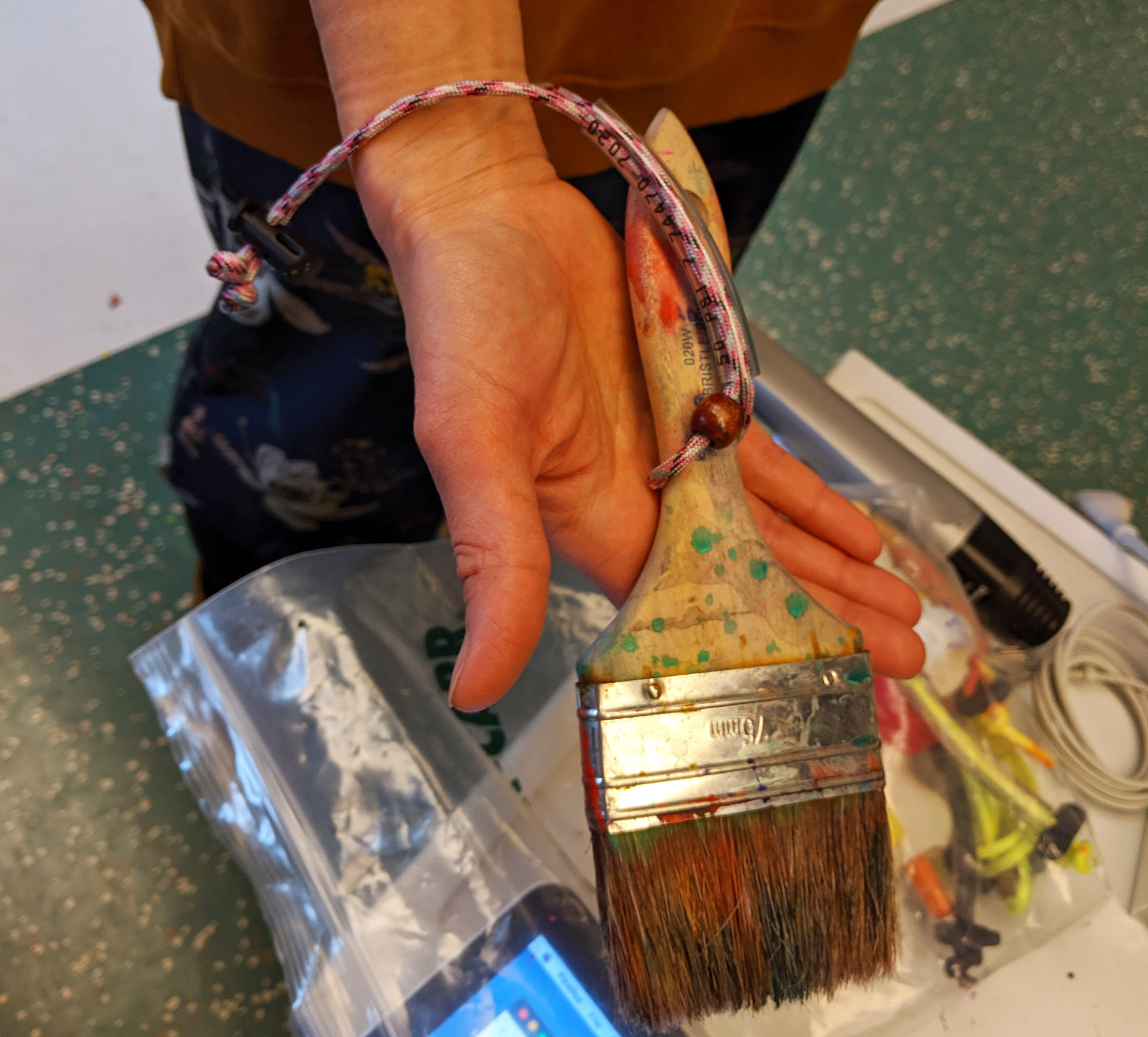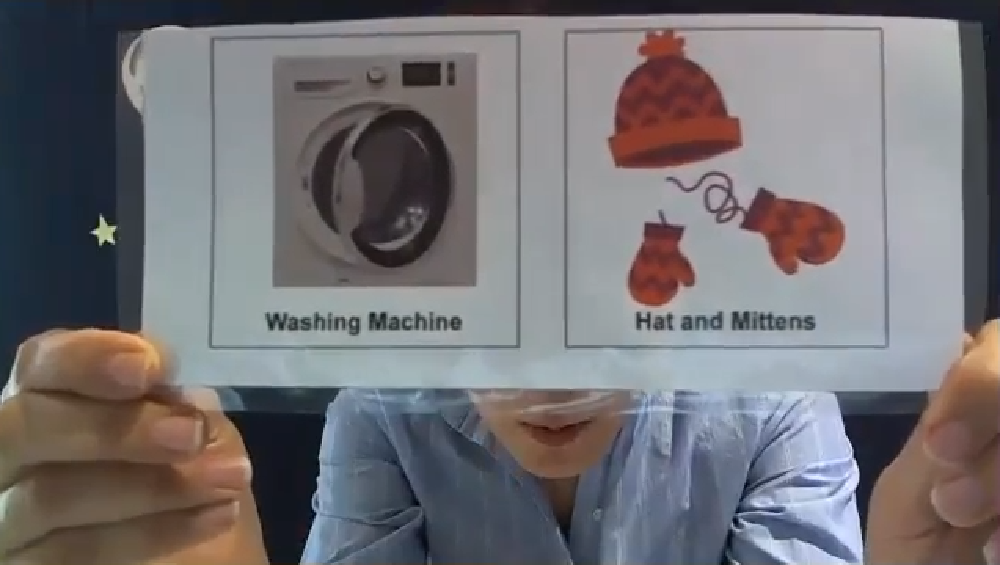Supporting autonomy
Overview
In collaborative workshops with children with disabilities, facilitators face challenges arising from unique needs, like difficulty holding a pen or verbalizing thoughts. Caregivers, though well-intentioned, may inadvertently intervene. Suggestions include creating a respectful space by asking caregivers to step back, minimizing physical support, and encouraging objective communication. Diverse and customized collaboration tools can support individual needs and foster independence.
Description
The primary goal of a collaborative workshop with children with disabilities is to provide them with ample opportunities to express their ideas and actively contribute to project development. However, due to each child’s unique needs, direct participation may present challenges. Some participants may face difficulties holding a pen, drawing in a specific direction, moving without assistive devices, or sharing their ideas verbally.
In such collaborative settings, caregivers — such as teachers, parents, or guardians — are often present, and their instinct to help may lead them to intervene when a child is struggling to participate. They may hold the child’s hand, interpret facial expressions or even complete an activity on their behalf. As facilitators, it is essential to be mindful of these situations.
Suggestions
Respectful Space
In some scenarios, it may be appropriate to respectfully request caregivers to step back, fostering children’s independence during collaborative activities.
Minimal Physical Support
When physical support is necessary, caregivers can be asked to offer only essential assistance without directing the child’s actions.
Objective Communication
Encourage caregivers not to interpret the child’s messages but to communicate observations objectively, especially crucial for non-verbal children. It’s vital to be neutral and descriptive rather than potentially biased in interpretations.
Diverse Collaboration Tools
Working with teachers, caregivers, or parents ahead of time helps understand specific access needs and modes of participation for each child. This knowledge enables the preparation of tools and methods that better support each child’s engagement. For example, if a child needs support holding a pen, providing a bulky pen with a wristband can aid their participation in drawing activities. For those who use symbol-based communication, having Yes/No cards and other feedback cards readily available allows for direct and efficient communication during discussions.
Example

Depending on the types of activities at different stages of Weavly, our team applied various methods to support each student’s independent participation. During exploratory and creative phases, as we experimented with different mediums to understand child-digital space interaction, we customized our tools to support their autonomy—for example, adding wristbands to help students hold the brush or offering printed options with visual cues in the environment.
The caregivers were helpful throughout all these sessions; however, in some areas, we had to ask them to provide minimal support. For instance, in an activity where we needed students to move their hand from point A to point B on the screen, some students who needed extra support had caregivers directly hold their hands and move them to point B, hindering any chance for trial and error. We had to repeat those activities and ask the caregivers to only ensure the hand was stable and not direct any movements.

We encountered a similar challenge when interpreting facial and body expressions of students who couldn’t verbally communicate their feedback. Sometimes, caregivers immediately chose an option on their behalf. Giving those students more time and being patient until they chose their option helped. However, we had to be observant, recognizing when the students were disengaged, and insisting they make a choice sometimes led to frustration. It was a delicate balance that required constant collaboration with the student, teacher, and caregiver to find the best approach.

As the project progressed and activities shifted to on-screen interactions, we implemented measures like locking certain areas on their iPad devices to prevent accidental navigation. Providing time for play with physical directional cubes and other toys contributed to their confidence and interaction with the interface.
Here is a comment from Hien Quach regarding supporting learners’ agency: “As a teacher working with students with multiple exceptionalities, I am always reflecting on how I treat my students, the questions I ask them, and what level of support (physical, emotional) I give them. I want to offer appropriate guidance and avoid overstepping or assuming they need extra help when they don’t. This is where knowing your students is important, and where the effort needed for ongoing assessments, detailed observations, and open communication to effectively collaborate with students, families and caregivers, colleagues, agencies, organizations and the school community is so worthwhile. Working together, I am convinced we can build a barrier free environment for all learners.”